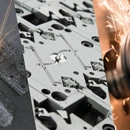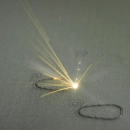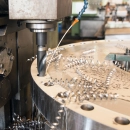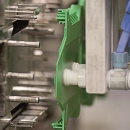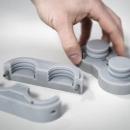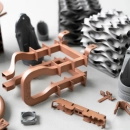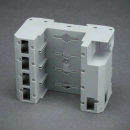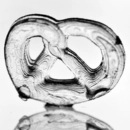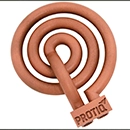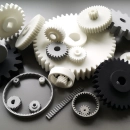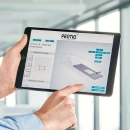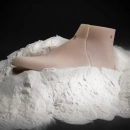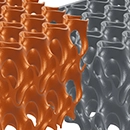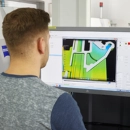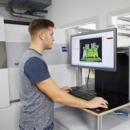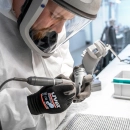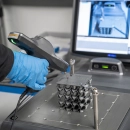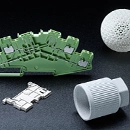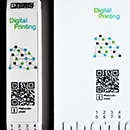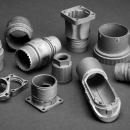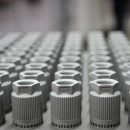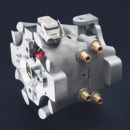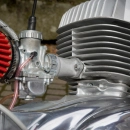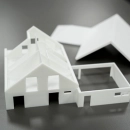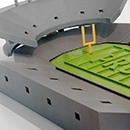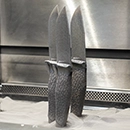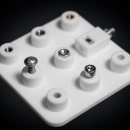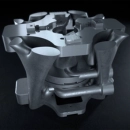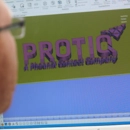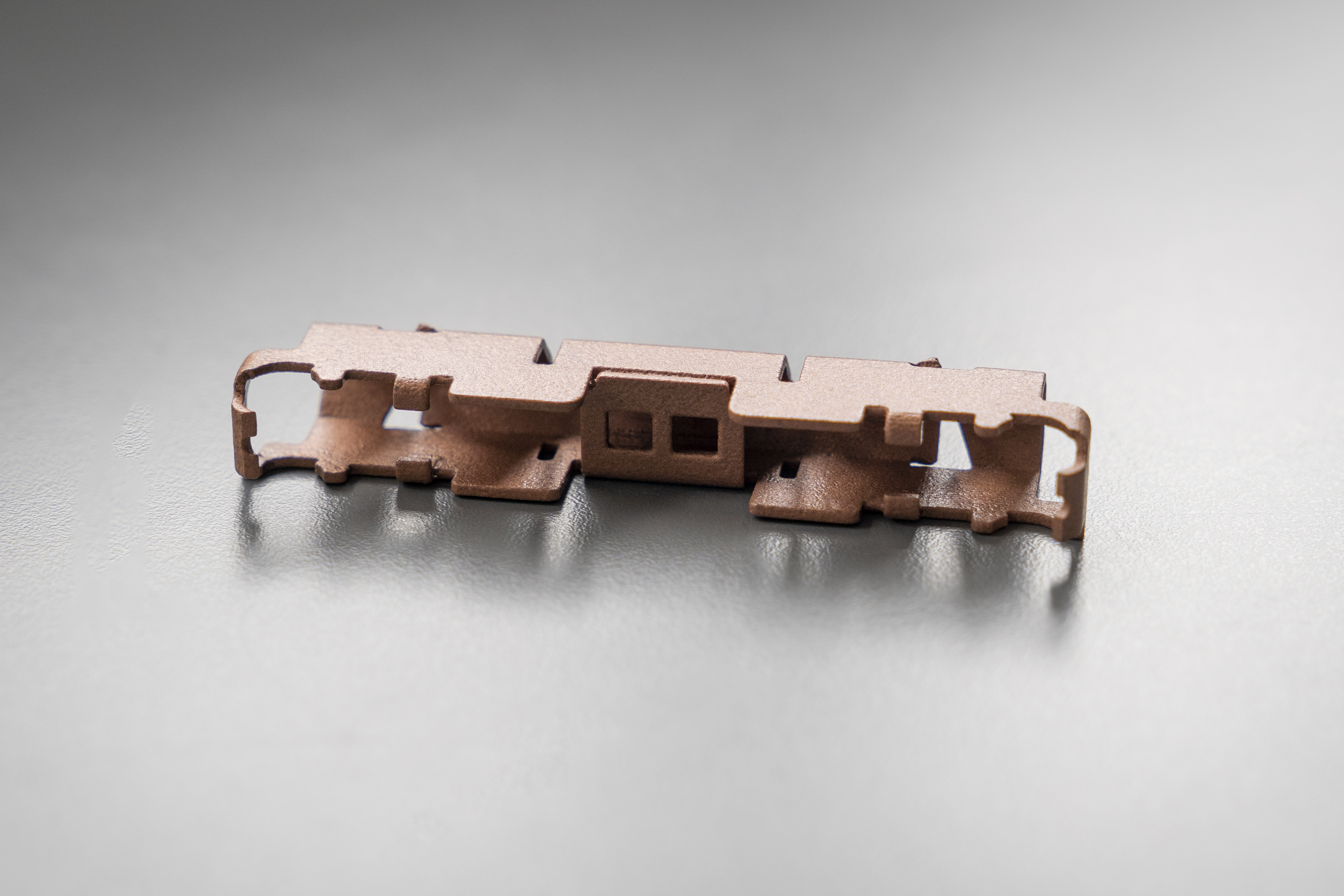3D printed Busbars
In the conventional production of busbars, copper or aluminium sheets are punched or milled and bent into shape. With the additive manufacturing of busbars, you benefit from significantly more design freedom, performance and flexibility.What are busbars?
Busbars are electrical conductors that provide a connection between a power source and a load. They are typically used in switchgear, inverters, transformers or local high-current power distribution. Compared to cables, busbars have a smaller surface area and therefore emit less heat. Optimal busbar geometry also eliminates offcuts, additional fixing points and time-consuming installation.
In order to achieve the lowest possible voltage drop and low power loss, highly electrically conductive materials are required for busbars. Copper is particularly suitable for this purpose, as only silver has even better electrical conductivity.
Since copper busbars have a high rigidity and are thus already insulated and cooled by air, shielding by a housing wall is usually sufficient. However, busbars can also be insulated with the help of plastic (usually polyamide PA12).
A similar application - on a smaller scale - is represented by current bars in electronic components such as terminal blocks, surge protection devices or sockets. Here, too, the current is absorbed and conducted by an elaborately punched and bent sheet metal construction.
Conventional production of busbars
In the conventional production of busbars, copper or aluminium sheets are punched or milled and bent into shape. Press-in bolts, bushings and nuts are pressed in or welded on. This procedure enables the fast and cost-effective production of busbars in standard shapes, but reaches its limits with more complex geometries.
Additive manufacturing of busbars
Through the additive manufacturing of current bars and busbars, you as a customer benefit from significantly increased design freedom, performance and flexibility.
The components can be manufactured within a few days without the need for complex punching and bending tools. The beams are printed directly in the final geometry through additive manufacturing. This means that prototypes and one-offs can be used and tested within a very short time.
The right material for your busbars
Pure copper from 3D printing
The precious metal copper is indispensable in many applications in everyday life and in industry. Due to its very good thermal and electrical conductivity, copper is used in all areas where electricity or heat flow.
Due to its many years of experience and development in additive copper processing, PROTIQ has in-depth know-how in this challenging process field. We use this to be able to offer you the highest quality on the market for additively manufactured copper components.
Additively manufactured components made of Cu-ETP from PROTIQ are characterised by a significantly higher electrical conductivity compared to alternatives made of aluminium or copper alloys. The Cu-ETP processed by PROTIQ achieves 100% IACS and thus ensures minimal losses in the process.
Pure copper (CU-ETP)
Properties
Application: electrically highly conductive prototypes such as current bars and inductors
Process: Metal laser melting
Special features:
- 100% IACS conductivity
- 100% dense components
- 58 MS/m
| Base color | Copper |
| Price | |
| Precision | |
| Stability | |
| Flexibility | |
| Surface | |
| Feel | finely structured, solid, heavy |
Properties of pure copper
Thanks to its properties, pure copper is the ideal material for the production of electrical and thermal conductors.
- Electrical conductivity: up to 58 MS/m
- Thermal conductivity: 400 ± 15 W/(m*K)
- Density: 8.9 g/cm³
- Tensile strength: 220 ± 10 MPa
Design information
Maximum installation space: 250 mm x 250 mm x 270 mm
Minimum producible wall thicknesses: 0.5 mm (better 1 mm)
Long, thin busbars should have a thickness of at least 2.5 mm
Media tightness for cooling ducts: from 1 mm
Minimum inner diameter for cooling ducts: 3 mm
Detailed design information on the additive production of metal components in the SLM process can be found here.
Do you quickly need a busbar prototype, a complex individual piece or a small series made of pure copper? Whether for control cabinets, transformers or other applications, we manufacture and deliver your individual busbars and current bars in just a few days.
How does ordering from PROTIQ work?
You can upload your data via the PROTIQ Marketplace, configure it and receive a quote directly. After approval, we start production.
How long does it take to manufacture a busbar?
The production time depends on the size and complexity. As a rule, you will receive a quote within a few days and can expect fast delivery.
Can the busbars be reworked?
Yes, we offer mechanical post-processing, surface finishing and, if necessary, insulation - depending on the area of application and customer requirements.
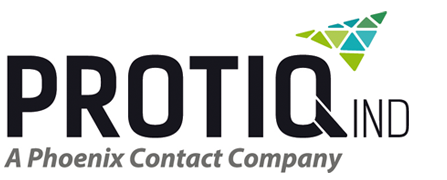


 Deutsch
Deutsch English
English